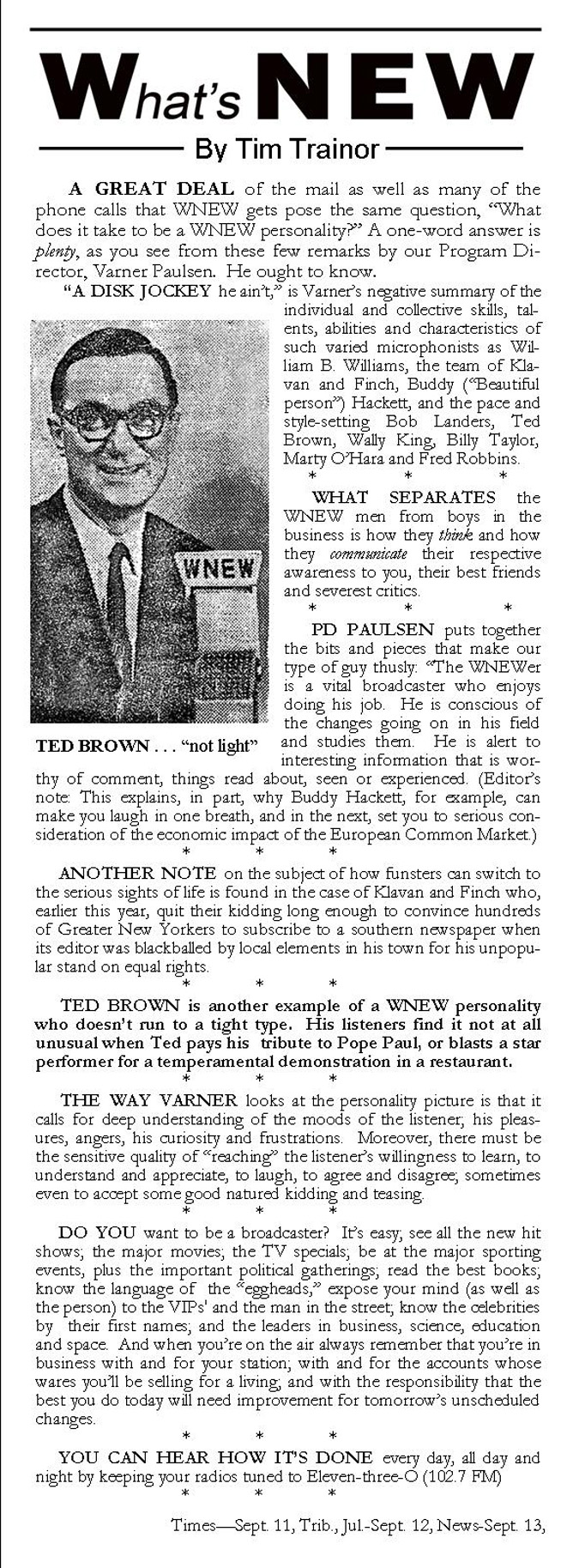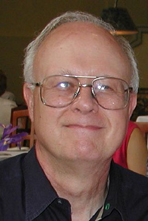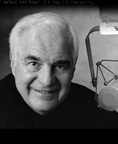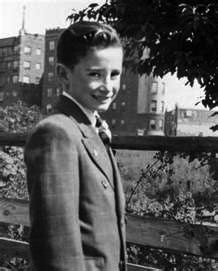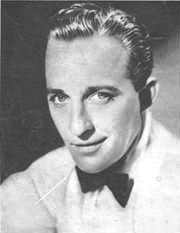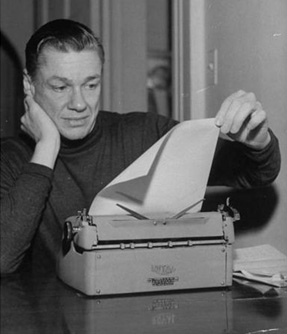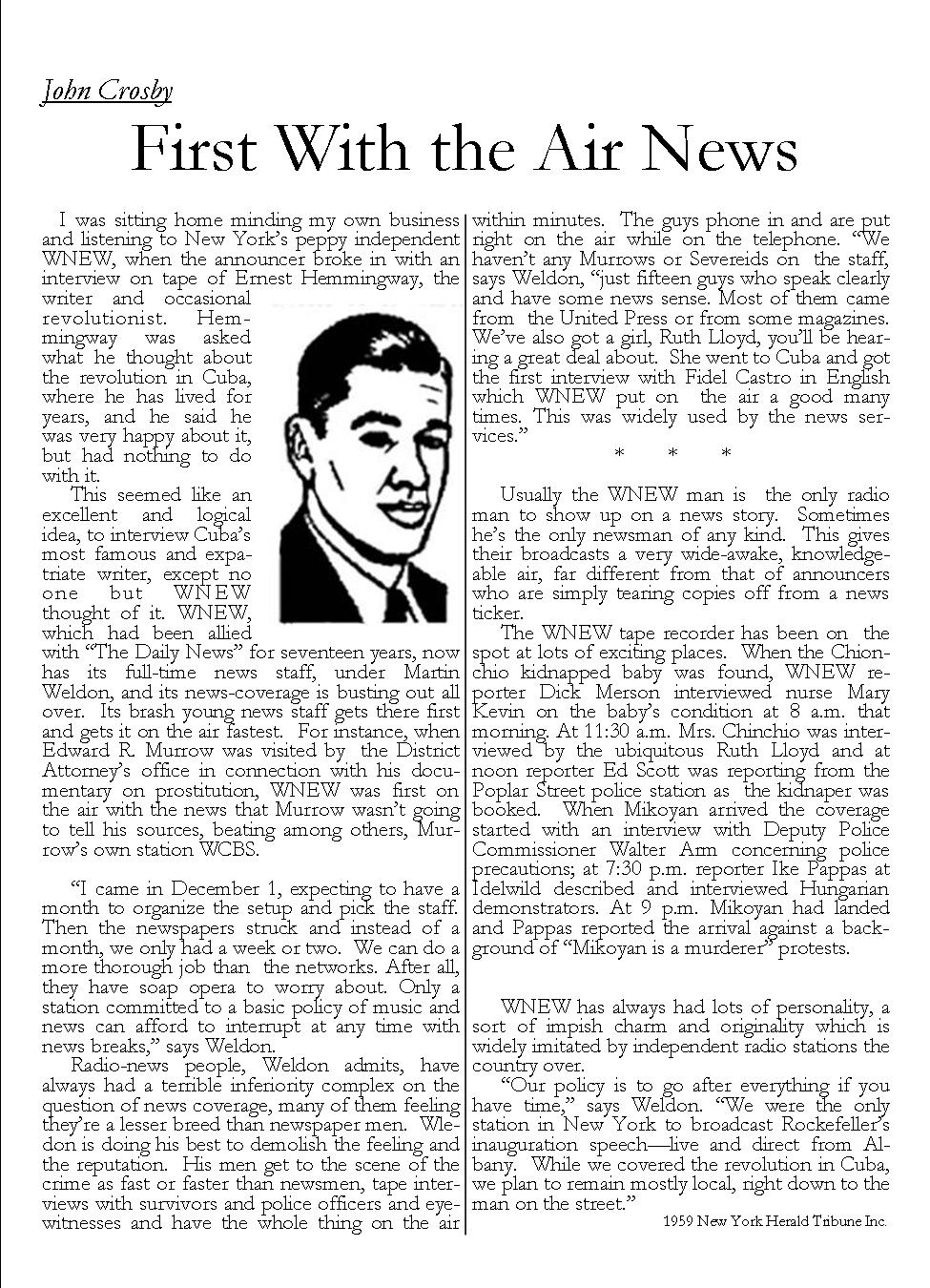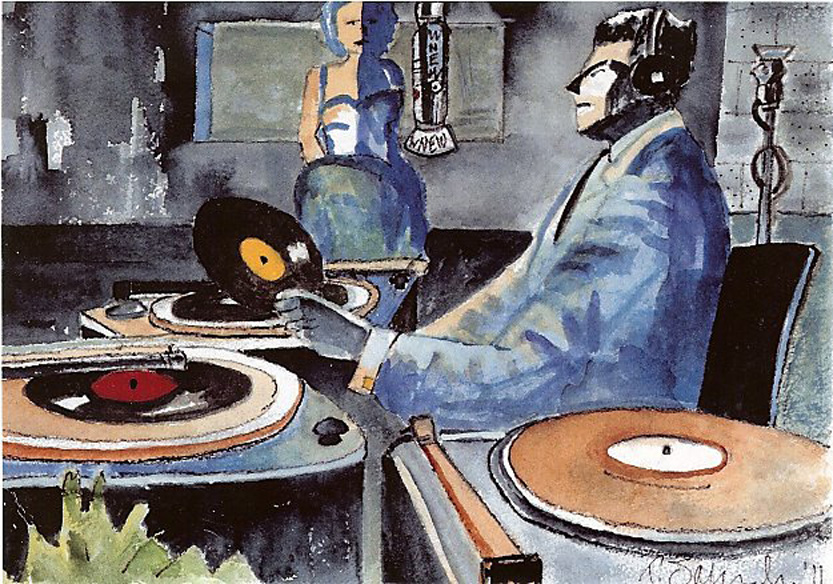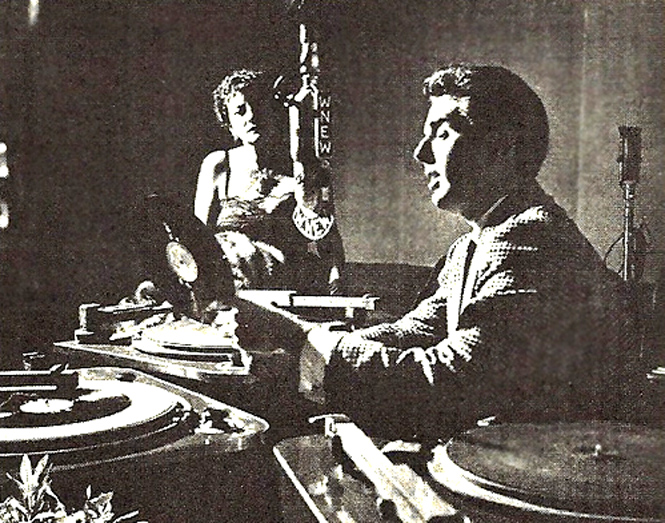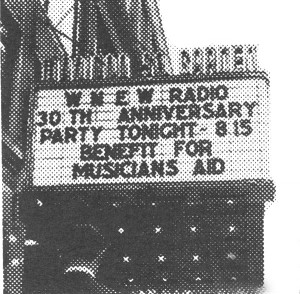 VARIETY’S banner headline of July 24, 1963, WNEW TOASTS 30TH WITH GALA! spanned five columns of stories about the big “W’ including the big show at Madison Square Garden as the start of six months of promotion leading up to WNEW’s 30th anniversary, February 13, 1964. In its issue of August 3rd, a Billboard front page story reported that 15,000 people attended the event. On the bill were Steve Lawrence, Eydie Gorme, Vic Damone, Della Reese, The Si Zentner and Tommy Dorsey Bands, Jerry Vale, Frank Sinatra Jr., Peter Nero, Dave Brubeck Quartet, Jack Jones, Gene Klavan, Dee Finch, William B. Williams, Bob Landers, Ted Brown, Wally King, Fred Robbins, Billy Taylor, Marty O-Hara.
VARIETY’S banner headline of July 24, 1963, WNEW TOASTS 30TH WITH GALA! spanned five columns of stories about the big “W’ including the big show at Madison Square Garden as the start of six months of promotion leading up to WNEW’s 30th anniversary, February 13, 1964. In its issue of August 3rd, a Billboard front page story reported that 15,000 people attended the event. On the bill were Steve Lawrence, Eydie Gorme, Vic Damone, Della Reese, The Si Zentner and Tommy Dorsey Bands, Jerry Vale, Frank Sinatra Jr., Peter Nero, Dave Brubeck Quartet, Jack Jones, Gene Klavan, Dee Finch, William B. Williams, Bob Landers, Ted Brown, Wally King, Fred Robbins, Billy Taylor, Marty O-Hara.
Station promotions in the months that followed, included column-like promos What’sNEW, placed in New York’s major dailies. Below is the 3rd edition we’ve reconstructed from original clips collected by Bill Diehl.

